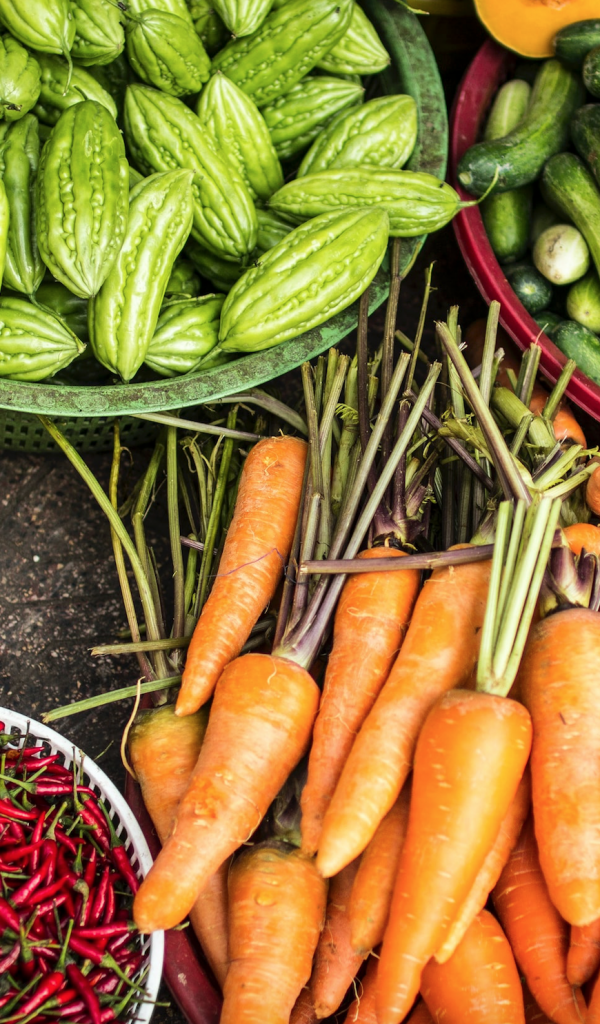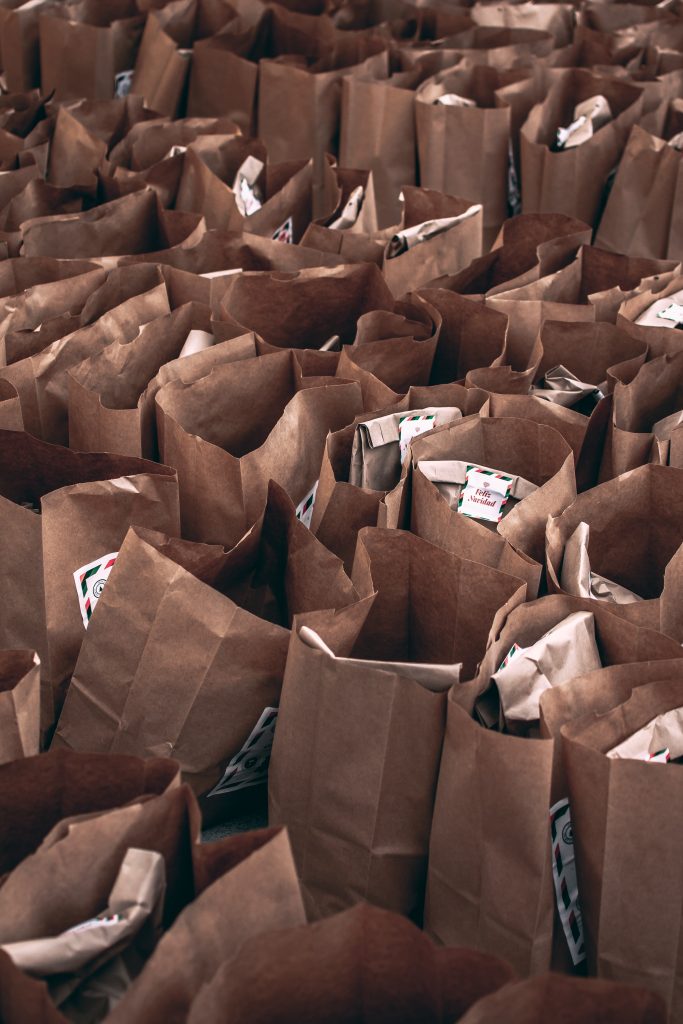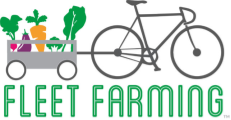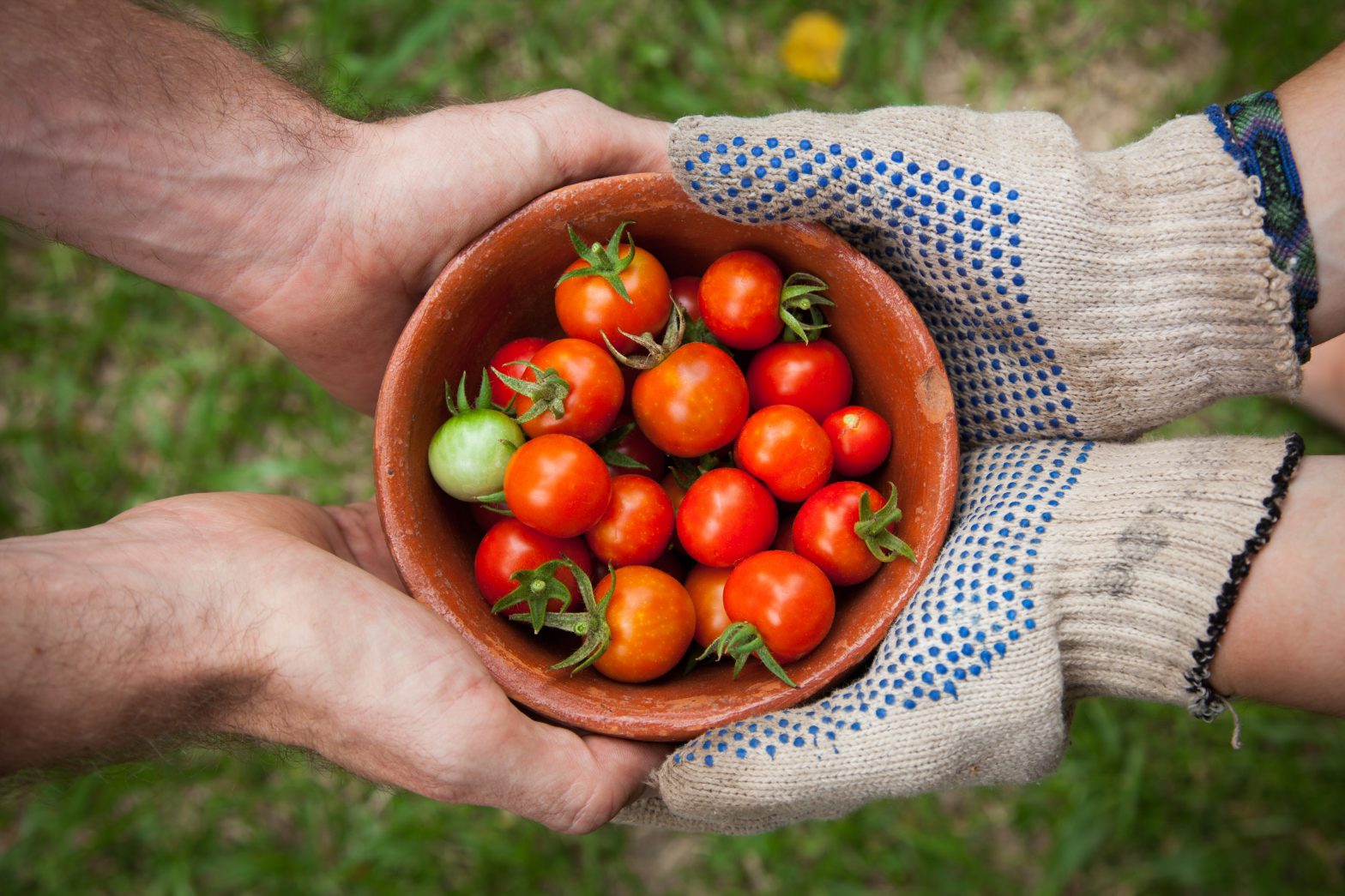You may not realize it, but your garden has the potential to revitalize your community and make a meaningful difference in people’s lives. Your bumper crop of carrots, lettuce, tomatoes, and strawberries can find a happy home in food banks, homes for the elderly, and other community support services.
Becoming a food bank gardener takes a little forethought and planning — particularly if you are coordinating with charitable organizations before you distribute your harvest.
Why donate?
Most folks take food security and access to healthy, nutritious food for granted. However, 13.8 million households live with food insecurity in the U.S. alone. That means roughly 10.5% of the U.S. population relies on food banks or other coping strategies to get through the year. As a result, these families and individuals usually cut out foods like fruits and vegetables that may be expensive and quick to go off.
Folks who are food insecure may choose to fill the gap left by fresh produce with cheaper, convenient foods. These foods do save money but can result in negative health outcomes and a cycle of poor diet quality, a lack of energy, and an inability to escape their current food insecurity.
Government intervention is needed to prevent folks from falling into food insecurity, but food banks and urban gardeners can do their part to help those in need get good quality food. In addition to other green activities, growing your own produce is also good for your own health, as gardening reduces the number of pesticides in your food, improves your mental well-being, and is more sustainable.
It’s important to note that your home produce doesn’t have to be grocery-store quality. Knobbly carrots and bulbous zucchini will do just fine in a salad or soup at a food bank. You should also keep some of the crops back for you and your family, as eating your own produce is a great reward for your hard work.

Best crops
Now you’ve decided upon donating your produce, you have to pick a few crops that are likely to perform well and be popular at the food banks. Start by sticking to your normal regime of crops, and slowly increase the quantity of food that you already grow well. Beyond growing your favorite fruits and vegetables, you should consider growing staples like:
● Potatoes
● Carrots
● Broccoli
● Squashes
These hardy vegetables do well because they are long-lasting and can be stored for lengthy periods. They’re also versatile, as foods like potatoes can be used in bulk in most recipes and pack a serious caloric punch. Of course, food banks need more than just hardy vegetables. Sweet treats from seasonal fruits
also perform well. You will, however, need to provide some robust packaging for fruits to ensure they aren’t squished while being transported. Depending on your climate, consider seasonal fruits like:
● Strawberries
● Blackberries
● Raspberries
● Blueberries
Each of these fruits can be grown in mass and cover you from spring to the end of fall. If you happen to have pre established fruit-bearing trees, then fresh-grown apples and pears will also do well at a food bank.
Finding a food bank
Distributing your produce is easier than you might think. Organizations like AmpleHarvest.org provide resources and funding for gardeners, food banks, and families in need. You can use their pantry finder tool to locate your nearest registered pantry and start donating food. A quick search in your local town should pull up dozens of results for organizations with different affiliations.
You can also do it the old-fashioned way and get in touch with the food bank directly. Get in touch before your harvest ripens, as many food banks have ideal times to receive food and will want to pencil your donation in for a date and time. In the unlikely event that they cannot take all your food, split your donation between multiple food banks that will benefit from your produce.
It’s worth remembering that your food bank still needs donations in the winter and early spring. During these times, fresh produce isn’t growing in your garden. Instead, consider safely canning your fruits and vegetables to make preserves and vegetable stock.

Other nonprofits
Donating to a food bank ensures that your food goes to people in need. However, it isn’t the only non-profit that will benefit from donations of fresh produce.
You can find plenty of non-profit programs with a quick search online. Charities that offer refugee support, food delivery for senior citizens, or host fundraising events always need good quality food to help fill hungry stomachs.
As an experienced gardener, you can also start mentorship programs to help teach folks in your community how to grow their own or work to build a community garden. This is particularly important if you live in an area where access to fruits and vegetables is limited.

Conclusion
Stepping up as a gardener and providing for your community is deeply rewarding. Your food will be well received by families and individuals who are looking for fresh produce and getting involved with your food bank deepens your connection with the community. You can also get in touch with other non-profits that care for vulnerable populations, as plenty of people need access to more fresh fruits and vegetables.

